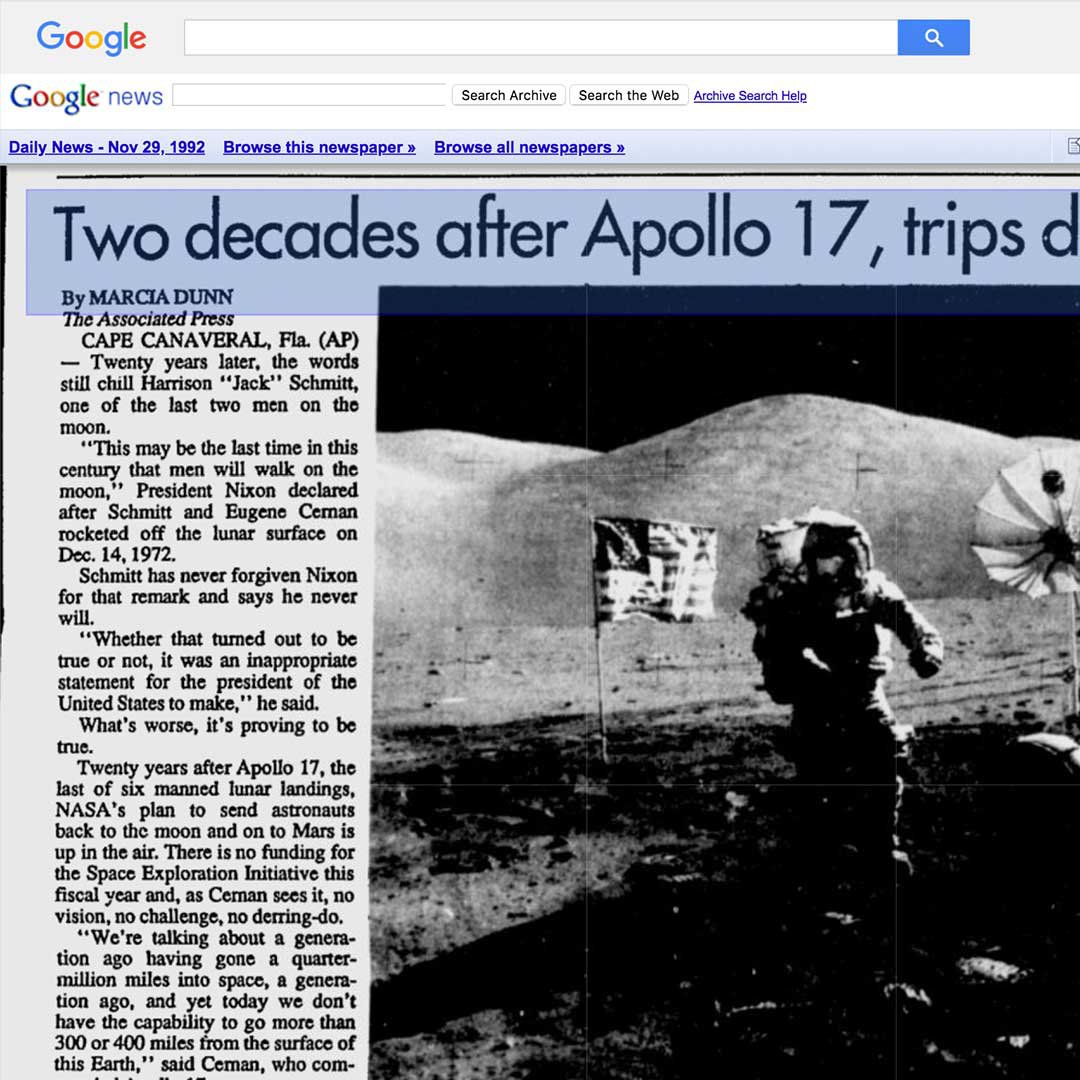News Articles Fundamentals Explained
Table of ContentsWhat Does News Articles Do?More About News ArticlesThe Only Guide for News ArticlesA Biased View of News ArticlesThe Ultimate Guide To News Articles
Excellent expertise of different topics gives pupils a competitive side over their peers. Although digital and social media sites are easily easily accessible, we should not fail to remember just how essential it is to check out the newspapers. Moms and dads have to try and instill the habit of checking out a paper as an everyday routine to proceed the tradition of the adored print medium.News tales also consist of at the very least one of the adhering to essential features loved one to the designated target market: proximity, prominence, timeliness, human rate of interest, anomaly, or consequence. The associated term journalese is occasionally used, normally pejoratively, to describe news-style writing. Another is headlinese. Papers usually comply with an expository writing design.
Within these limitations, news tales additionally intend to be comprehensive. Amongst the bigger and a lot more revered papers, justness and balance is a significant variable in offering details.
Papers with an international audience, for instance, often tend to make use of a much more formal design of writing. The particular choices made by an information outlet's editor or editorial board are often gathered in a style overview; usual style overviews consist of the and the United States News Style Publication. The primary goals of information writing can be summed up by the ABCs of journalism: accuracy, brevity, and clarity.
All About News Articles
As a guideline, reporters will certainly not use a lengthy word when a brief one will certainly do. Information authors attempt to stay clear of making use of the very same word much more than as soon as in a paragraph (occasionally called an "resemble" or "word mirror").
Nonetheless, headings sometimes omit the topic (e.g., "Leaps From Watercraft, Catches in Wheel") or verb (e.g., "Pet cat woman lucky"). A subhead (likewise subhed, sub-headline, subheading, subtitle, deck or dek) can be either a subordinate title under the major heading, or the heading of a subsection of the article. It is a heading that precedes the primary text, or a team of paragraphs of the primary message.

Extra signboards of any of these types might appear later on in the post (especially on subsequent web pages) to lure further analysis. Such billboards are also made use of as guidelines to the article in various other sections of the publication or website, or as advertisements for the item in other magazine or sites. Regular structure with title, lead paragraph (recap in strong), other paragraphs (details) check out here and get in touch with information.

Example of a hard-lead paragraph NASA is proposing another space project. The company's budget plan request, announced today, included a plan to send another mission to the Moon. This time the agency really hopes to establish a long-term facility as a jumping-off factor for various other space adventures. The spending plan demands around $10 see this billion for the job.
An "off-lead" is the second most important front page information of the day. To "bury the lead" is to start the write-up with background details or details of secondary relevance to the visitors, forcing them to review more deeply into an article than they need to have to in order to find the important factors.
Get This Report on News Articles
Usual usage is that or 2 sentences each form their own paragraph. Reporters typically describe the organization or framework of an information story as an upside down pyramid. The vital and most intriguing components of a tale are put at the start, with sustaining details adhering to in order of decreasing importance.
It enables people to check out a topic to just the depth that their interest discover here takes them, and without the imposition of information or subtleties that they can think about pointless, yet still making that details readily available to extra interested readers. The upside down pyramid structure additionally makes it possible for write-ups to be cut to any arbitrary size throughout format, to suit the room readily available.
Some authors begin their tales with the "1-2-3 lead", yet there are many kinds of lead available. This layout usually begins with a "5 Ws" opening up paragraph (as defined over), adhered to by an indirect quote that serves to support a major element of the first paragraph, and after that a straight quote to sustain the indirect quote. [] A twist can describe several things: The last tale in the information program; a "pleased" tale to finish the show.
Longer posts, such as magazine cover articles and the pieces that lead the within areas of a newspaper, are known as. Feature stories differ from straight news in numerous ways.
Little Known Facts About News Articles.
The reporter frequently details communications with meeting subjects, making the item extra personal. A function's initial paragraphs frequently relate an intriguing moment or event, as in an "unscientific lead". From the details of an individual or episode, its view promptly widens to generalities about the tale's subject. The section that signals what a feature is around is called the or signboard.

The Editor's Toolbox: A Reference Overview for Beginners and Professionals (2001) Allan M. Siegal and William G. Connolly. The New York Times Guidebook of Style and Use: The Official Design Guide Made Use Of by the Writers and Editors of the Globe's Many Reliable Newspaper (2002) M. L. Stein, Susan Paterno, and R.